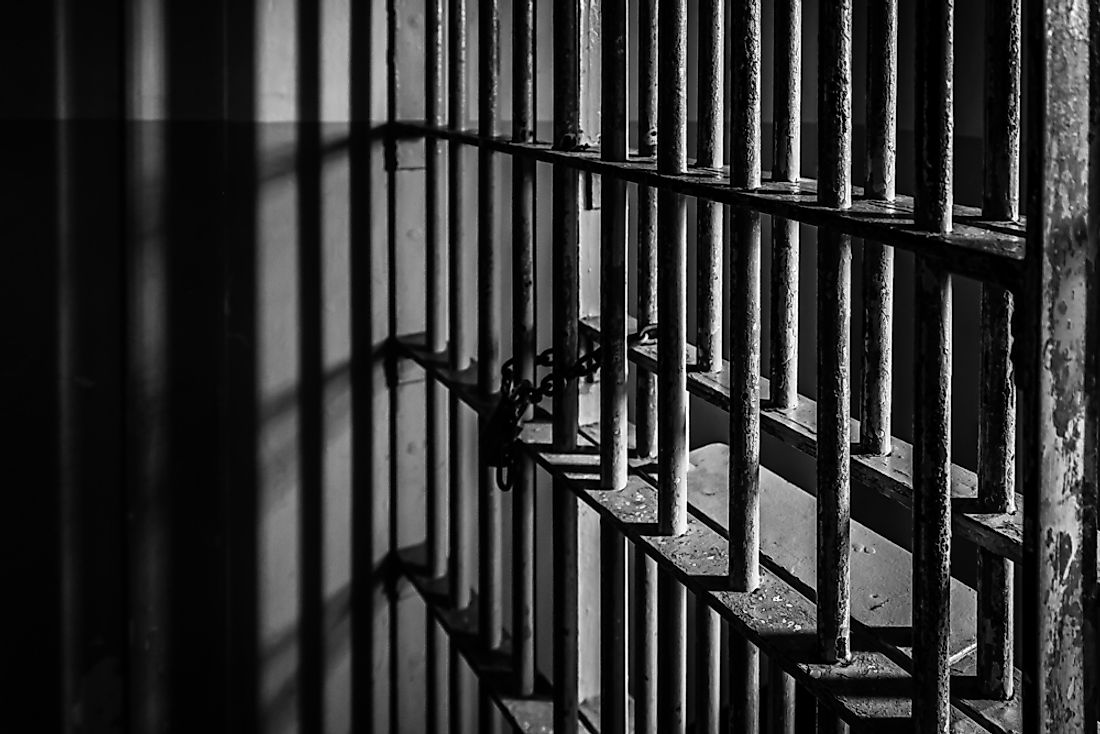US Prison Population By Race

The US prison system is the main source of punishment and rehabilitation for criminal offenses. The system incarcerates more people than any other country in the world. Currently, there are over 2 million people in prisons, jails, and detention centers. This number represents 25% of all inmates in the world even though the US population makes up only 5% of the global population. A common opinion is that this system is broken and in need of repair. The downturn began in the early ’70s when President Nixon called for a “war on drugs”, measures in this war were to include drastic prison sentences for drug-related crimes. Today, the prisons are overcrowded and understaffed which has opened the way for private, for-profit centers.
Incarceration Rates By Group
The problems with the prison system only continue when one looks at the obvious racial and gender disparities. For example, while black inmates make up nearly 40% of the prison population, they only make up 13.40% of the total US population. Native Americans represent 2.30% of the incarcerated population and only 1.30% of the population. 58.70% of the prison population is white, which includes Hispanic Americans.
These numbers have broader, far-reaching social implications. The effect on children is astounding. African American and Latino children are more likely to have a parent in jail or prison. When the father figure of a household is removed (which given the percentage of male inmates in federal prisons, 93.3%, is a likely scenario), a child is left in a single-parent household. This means one person is responsible for every aspect, including the financial aspects, of maintaining the home. As a result, the number of African American children living in poverty has increased since 1968.
When these men and women finish their prison terms and are reintegrated into society, their chances of finding employment are significantly decreased. A criminal record will, more times than not, deter a potential employer from offering an employment contract. The hindered ability to find gainful employment further obstructs the family and their personal progress. What this prison system promotes is the continued oppression of already oppressed minority groups.
Actions Being Taken To Drive Change
The problem of the US prison system has been identified and now there are many organizations and individuals working to change the current reality. Some suggestions that could help to reduce and maybe one day erase the racial disparities of incarcerated individuals include: cultural competency training for law enforcement, public action to oppose laws that might increase the number of minorities found in the system, and encouraging the use of Continuing Legal Education Hours for prosecutors. For those individuals who, despite policy level change and improved practices, still find themselves in prison, educational programs could be beneficial. Learning a new trade or business skill are things that can help to make the reintegration process easier, reduce the chances of becoming a repeat offender, and increase the chances of finding gainful employment.
All data below regarding inmate race comes from the Federal Bureau of Prisons. The population percentages are from the US Census.
Incarceration Rates In The U.S. By Race, Ethnicity, And Gender
| Race | Total Prison Population (%) | Total US Population (%) |
|---|---|---|
| White | 58.70 | 76.50 |
| Black | 37.50 | 13.40 |
| Native American | 2.30 | 1.30 |
| Asian | 1.50 | 5.90 |











